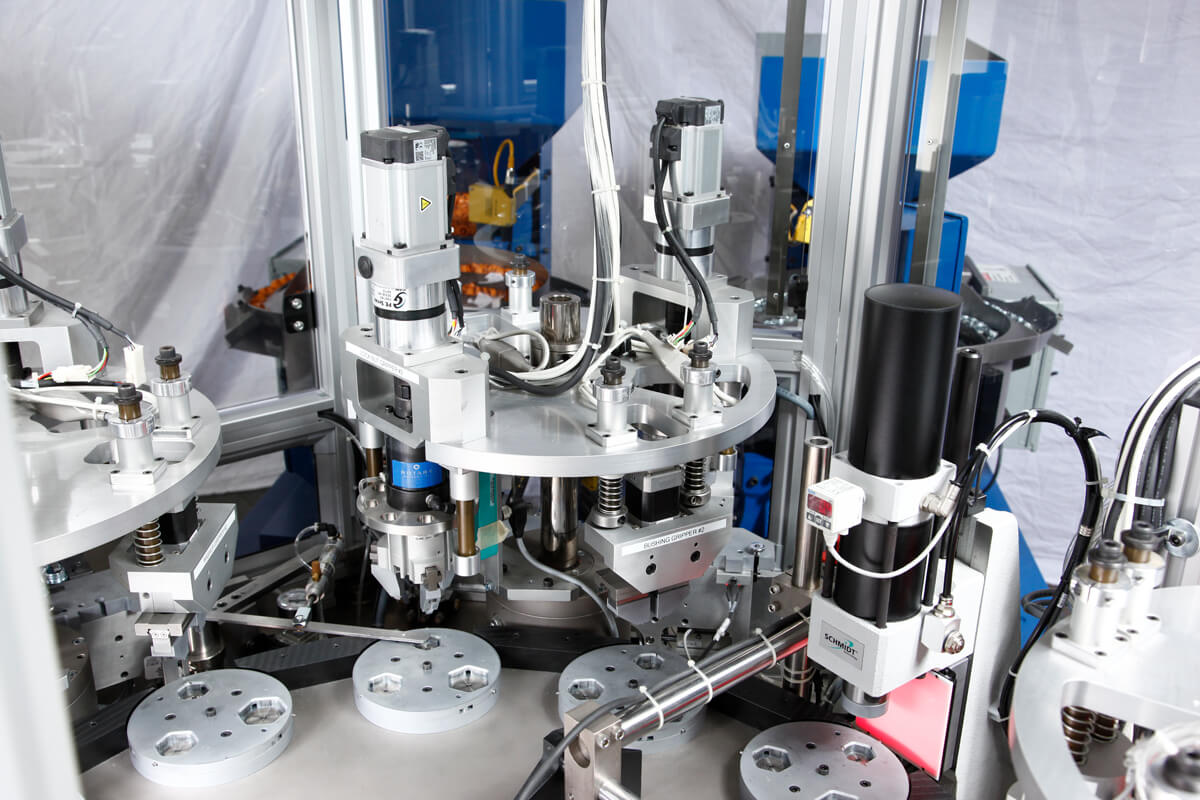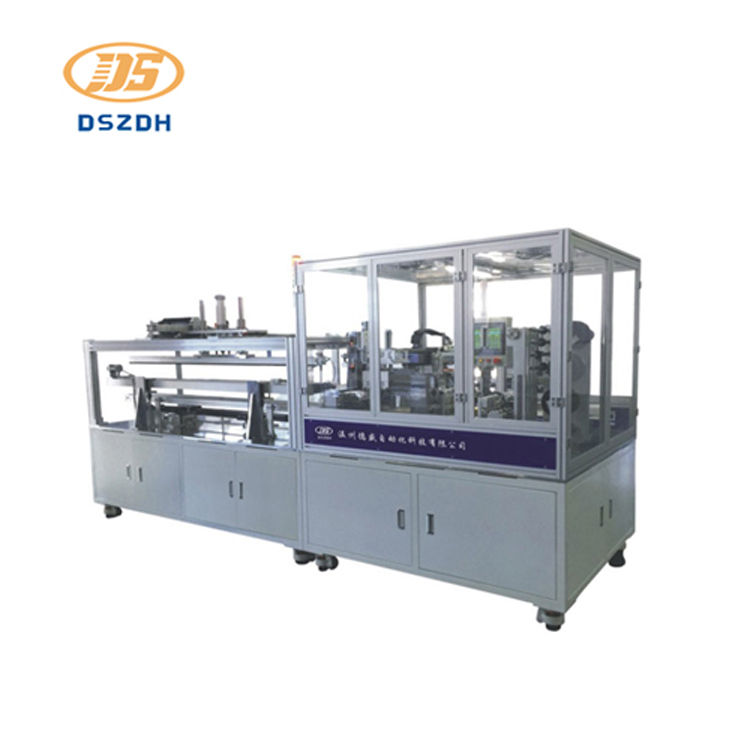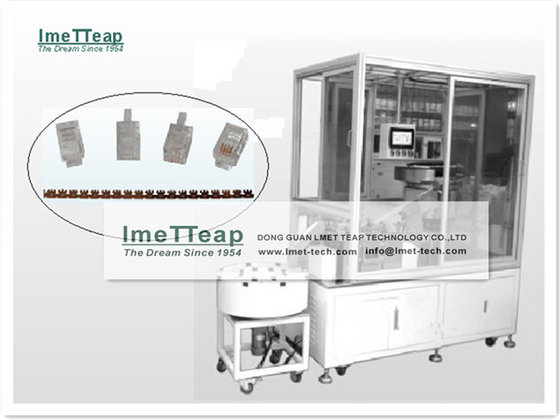
- #AUTO CONNECTOR AUTOMATIC ASSEMBLY MACHINE INSTALL#
- #AUTO CONNECTOR AUTOMATIC ASSEMBLY MACHINE SERIAL#
This specific winding pattern is the prerequisite for further automated processing of the material with another machine.

The latter winds the cable according to customer specifications to form a cable ring which is bound together on two opposite sides, such that the two cable ends protrude from the ring by a defined length. An AM 3550 from Metzner Maschinenbau cuts to length and strips the cable, which is then transported to the winding station and onwards by a gripper to the binding machine. The cable then passes through a roughening station, which lightly roughens the material surface so that the connector overmoulding adheres better later on. This traceability offers great advantages – for example in the diagnosis of faults. This ensures that each cable can be identified throughout the entire processing and manufacturing process and assigned to the stations which have already passed through.
#AUTO CONNECTOR AUTOMATIC ASSEMBLY MACHINE SERIAL#
The latter prints the cable with two QR codes and a serial number. The material to be processed is unwound by a motorised unwinder from the Metzner partner company Ramatech and fed to a thermal transfer printer via a straightener.

The specially developed production line can unwind, label, roughen, cut to length, strip, wind, bind and automatically deposit the cable wires. To save costs, a globally active company commissioned Metzner Maschinenbau to automate the manufacturing process of its network cable wires, including the preparation for connector assembly.

Such a technology of pin insertion simultaneously through plastic and electronics is leveraged to avoid overmolding, soldering and part division. We get both an electrical contact with the board and a mechanical contact for the sensor through the plastic. Pins are inserted with pin insertion equipment through the plastic ‘layer’ and PCB without damaging press-fit. When a housing shape is ‘closed’ at the bottom so that the PCB cannot be mounted like in the Option 1, connection pin – housing – PCB can be performed with unique equipment and process. OPTION 2 – simultaneous pin insertion through plastic and electronics Thus, it requires 2 different kinds of equipment to perform pin-housing-PCB connection. The final shape of the housing is achieved by overmolding or putting on the cover. PCB is set on the pins not damaging press-fit – Press-fit for PCB equipment is required. Press-fit pins are installed in the plastic housing – with pin insertion equipment.

The standard way to assemble this sort of sensors includes the following steps – OPTION 1: Typical automotive sensor manufacturing can look like this: This is possible thanks to certified press-fit technology that requires just mechanical deformation of the pin terminal during through-hole PCB insertion, easing and simplifying the process significantly. It creates a robust housing-pin connector-electronics assembly, seizing high speed technology of pin insertion. SM Contact developed a technology where the pin connector is inserted through both plastic and the electronic board at once. This forces the use of additional assembly processes and resources.
#AUTO CONNECTOR AUTOMATIC ASSEMBLY MACHINE INSTALL#
When assembling sensor applications based on embedded electronics in housing, accessing the PCB to install connectivity terminals (pin connector) might become a challenge due to space restrictions – options limited by mating commercial connectors.


 0 kommentar(er)
0 kommentar(er)
